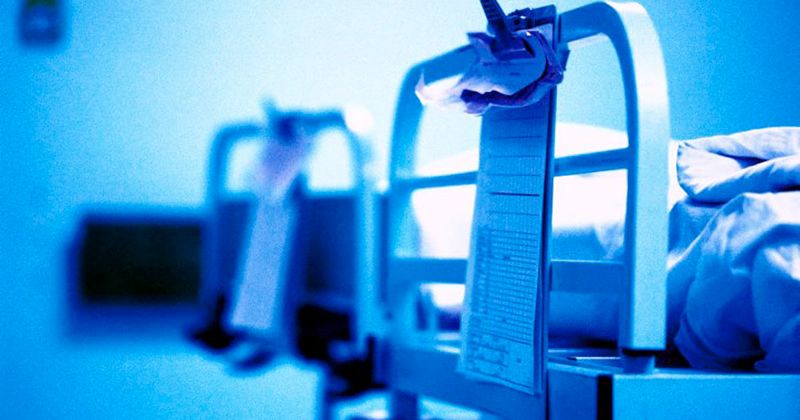One-third of lupus hospitalizations lack post-discharge follow-up care
Approximately one-third of lupus hospitalizations lack post-discharge follow-up care, with “significant disparities” reported among rural and disadvantaged localities, according to Medicare data published in Arthritis Care & Research.
Meanwhile, although follow-up was associated with more acute care, it was also linked to a 65% lower mortality rate among older patients with systemic lupus erythematosus, the researchers added.

“Given that post-discharge follow-up indicates ambulatory access and quality care, we hypothesized that lupus patients who are part of populations experiencing health disparities are less likely to receive follow-up,” Maria Schletzbaum, PhD, of the department of population health sciences at the University of Wisconsin School of Medicine and Public Health, and colleagues wrote. “Further, we hypothesized that receiving timely follow-up would be associated with lower rates of acute care use and mortality.”
To investigate the likelihood that patients with SLE would receive complete follow-up care following discharge from the hospital, Schletzbaum and colleagues conducted an observational cohort study of a 20% random sample of adults on Medicare. The researchers collected data on hospitalizations associated with a lupus diagnostic code from Jan. 1, 2014, through Nov. 30, 2014, including patients aged 18 years or older who had been discharged to a home setting with no hospice care. Additionally, patients were required to hold at least 1 year of continuous Medicare A or B coverage prior to hospitalization.
The researchers defined follow-up care as a patient receiving an ambulatory visit with a primary care provider or a rheumatologist within 30 days of initial hospital discharge. The primary area of interest was the “survival time until first acute care use encounter within 30 days of index hospitalization discharge,” Schletzbaum and colleagues wrote. Acute care was defined as inpatient hospital readmissions, inpatient observation stays and visits to the emergency department.
The analysis sample included a total of 8,606 SLE hospitalizations, representing 5,403 beneficiaries. Among these beneficiaries, 30.8% contributed multiple hospitalizations. According to the researchers, 35% of patients who were hospitalized with lupus did not experience a follow-up visit within 30 days of discharge. Factors associated with a lower likelihood of a successful follow-up visit included younger age and residence in either disadvantaged neighborhoods or rural areas.
In patients who were aged 65 years or older, follow-up was linked with a 27% higher risk for acute care (adjusted HR = 1.27; 95% CI, 1.09-1.47) but a 65% lower mortality rate (aHR = 0.35; 95% CI, 0.19-0.67).
“We found that post-discharge follow-up was associated with higher subsequent acute care use in older lupus patients but was also associated with reduced mortality — 65% lower within 30 days,” Schletzbaum and colleagues wrote. “This suggests the importance of ambulatory follow-up for positive health outcomes in lupus.”

